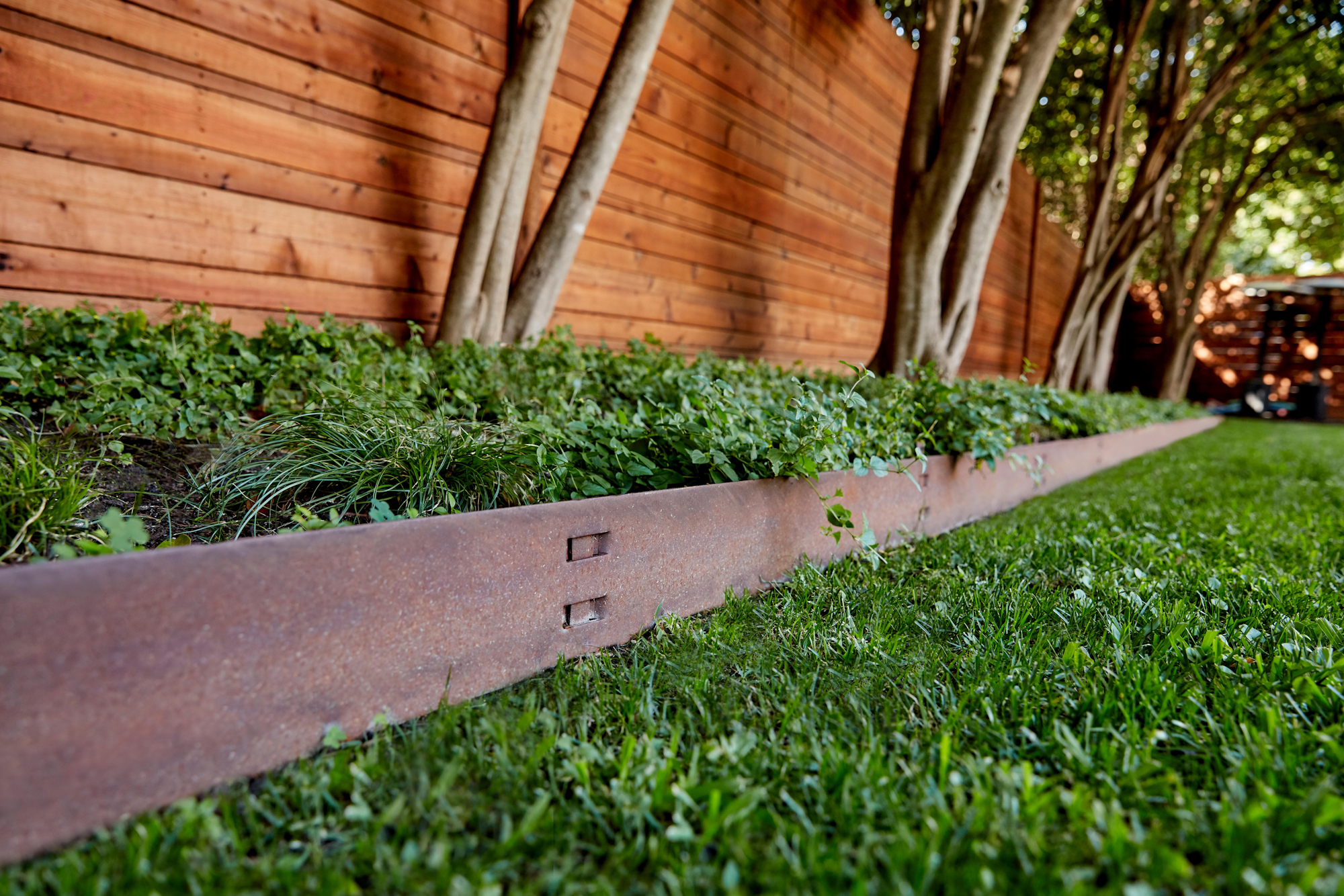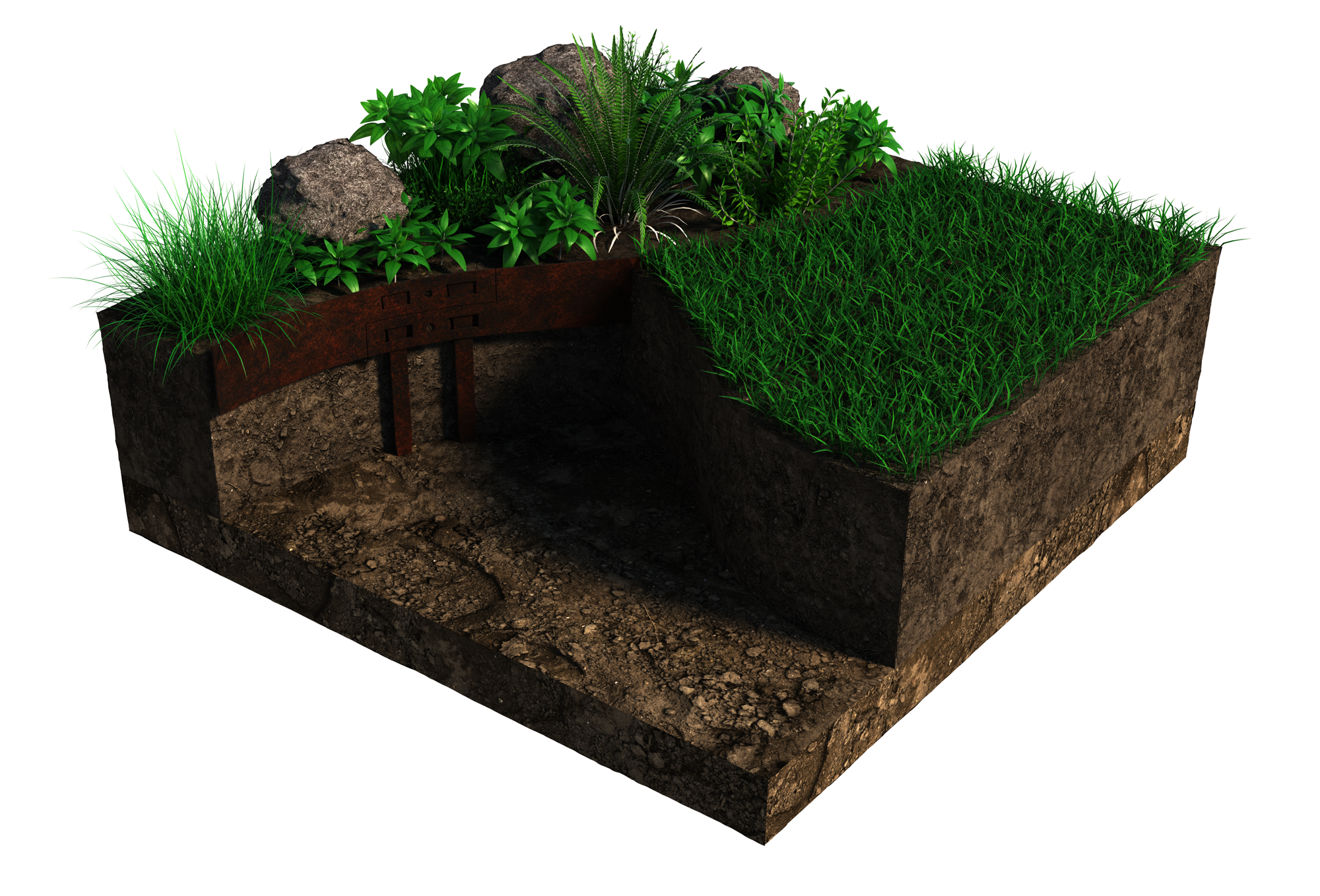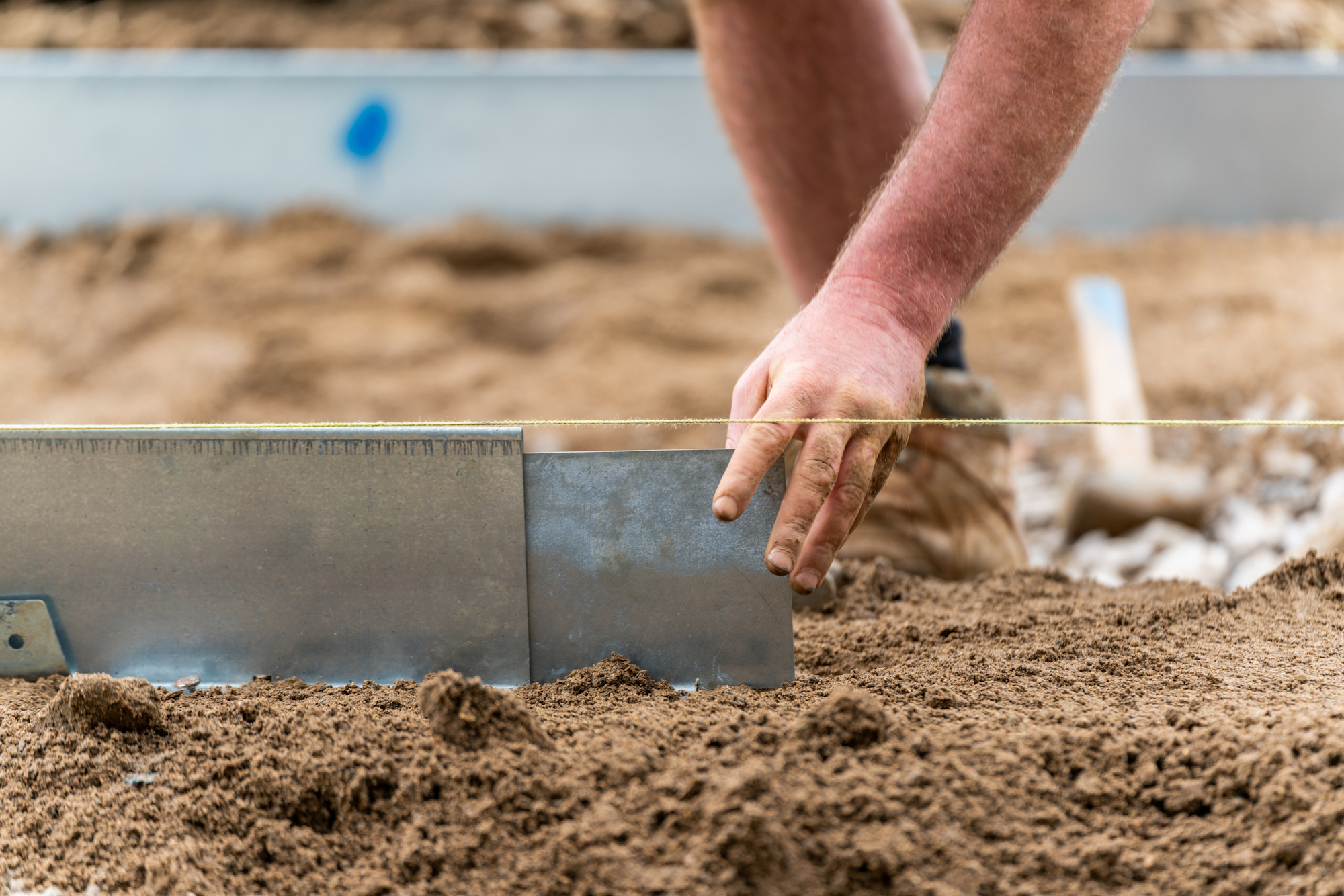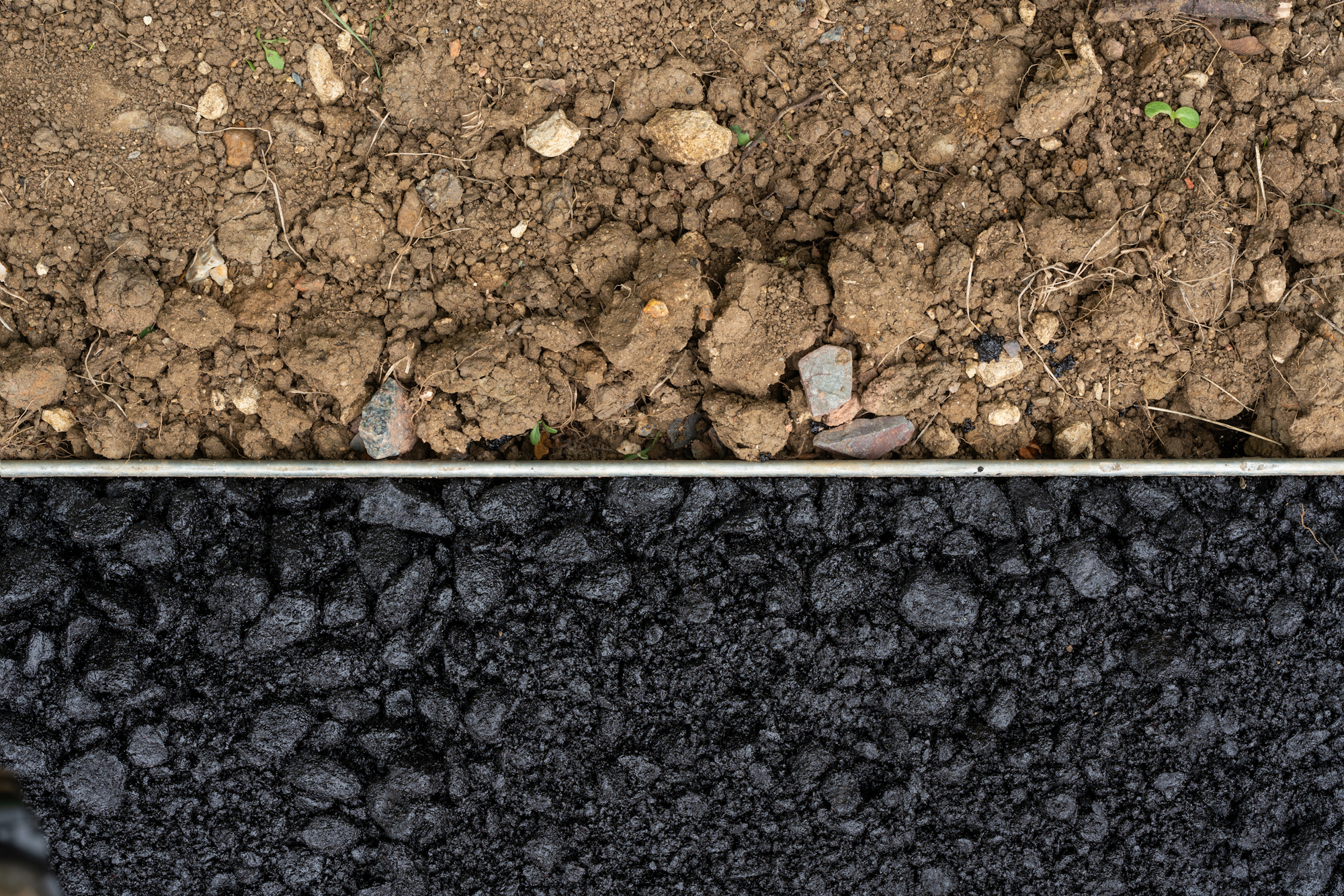Landscape Edging Solutions from Kinley
Explore Landscape Edging

Metal landscape edging is an excellent choice for defining and enhancing outdoor spaces, but installation in challenging environments requires careful planning and execution. Here are some best practices to ensure successful installation of metal edging in difficult conditions:





If you're looking to enhance your outdoor project with durable and aesthetically pleasing landscape edging solutions, Kinley is here to help. Our expert team is ready to assist you with any inquiries or project needs you may have.
Contact us today to discuss your specific requirements, explore our extensive range of products, or get advice on the best solutions for your landscaping projects.